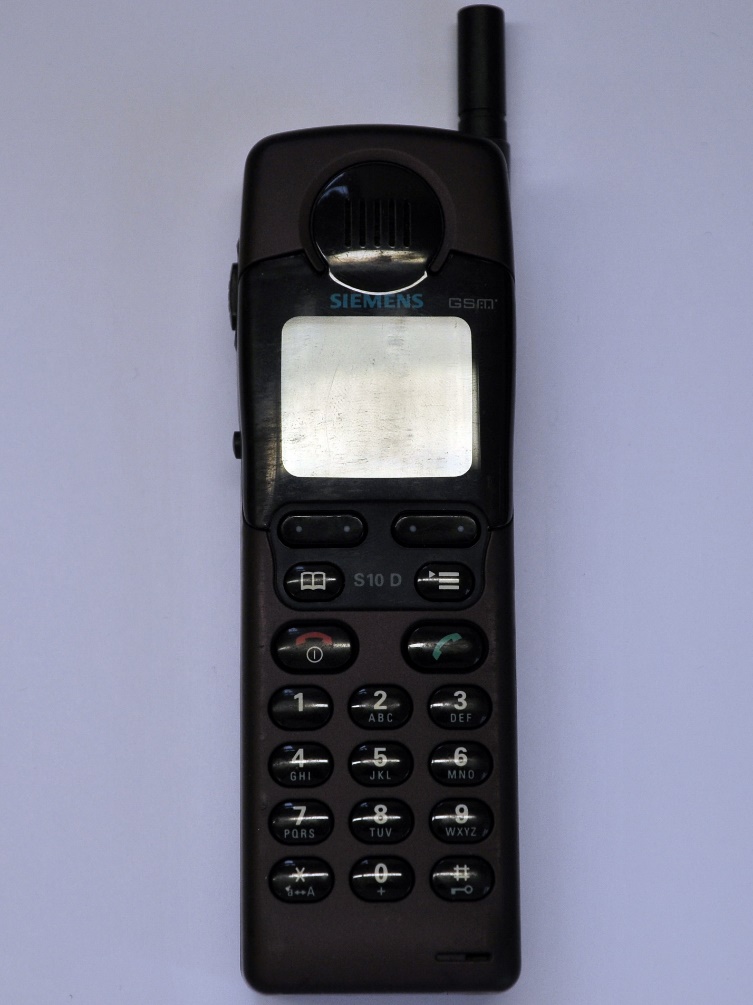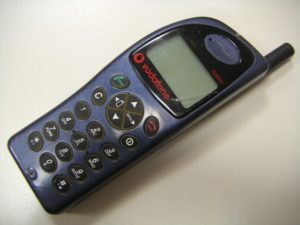As they have simplified lives, cellular phones have proven to be a highly effective communication tool. Mobile phones have aided mankind in reaching all of these objectives, whether it be making new acquaintances, keeping in touch with old ones, or planning with friends and families. Additionally, mobile devices have shortened distances and knit communities together. The rising demand for mobile phones is why manufacturers are constantly attempting to improve the devices’ look, feel, and functions.
Mobile phones in the UK
1: 1992; First consumer phones in the UK
The adoption of mobile phones was slower among consumers than among business users. Motorola’s designers believed that simplicity and a focus on emergency use were vital to winning over customers. The Motorola Personal Phone had few features and no screen, but it was designed like a modern cordless phone. However, the Personal Phone operated on an outdated analog system. Digital would ultimately hold the key to the consumer market.

Siemens 10; Source: https://commons.wikimedia.org/wiki/File:Siemens_S10.jpg
2: UK’s first visual messaging service debuted in 2002
Using the Sony Ericsson T68i, T-Mobile unveiled the first photo messaging service in the UK in 2002. You had to insert a different camera module because it wasn’t a camera phone. Users might send images on their cell phones for £20 more each month.
3: NEC’s e606 camera phone, the first 3G phone in the UK, was released in 2002
The Nokia 7650 was a truly unique device. The Symbian operating system and the built-in camera were the firsts for a phone in Europe. It was a tremendous success among young mobile users eager to adopt the newest Japanese trend despite being pricey at the time, at £200, and only being offered on contract. See more information on the earliest camera phones.
4: UK’s first 3G phones debuted in 2003
Hutchinson introduced the first 3G service in the UK, called “3,” on March 2, 2003. The first call on “3” was placed by MP Patricia Hewitt, who served as state secretary for trade and industry.
Mobile Phones in Ireland
1: Launch of the mobile phone in 1996
Since 1996, when Carphone Warehouse launched its first location in Ireland and began selling pre- and bill-play plans with various mobile phone networks, the mobile phone had already achieved some degree of ubiquity by that point. Soon after, even Barbie joined the trend.
2: Adding more features in 1999
In 1999, Mattel added a candy-pink cell phone to Barbie’s assortment of accessories, giving her access to every piece of modern gadgetry.

Vodafone; Source: https://www.thejustbrand.com/30-years-mobile-phones/
3: A brief history of the earlier Irish mobile industry
In 1986, Eircell, Ireland’s first mobile network, went live with the analogue TACS system. Eircell’s 2G GSM services became live on July 1, 1993. Following in their footsteps were Digifone in 1997, Meteor in 2001 (after obtaining a license in 1998), and 3 Ireland’s UMTS 3G-only service in 2005.
4: A wave of revolution
Vodafone Ireland introduced 3G services in 2004, and other networks swiftly followed suit. Meteor introduced 4G in 2013, which is now accessible on most networks. In 2005, Eir acquired Meteor; in 2017, the company changed its name to Eir.
